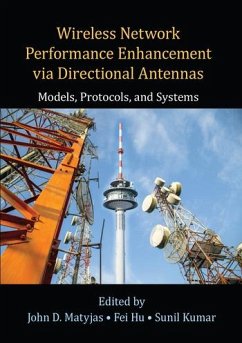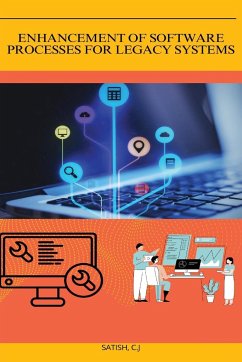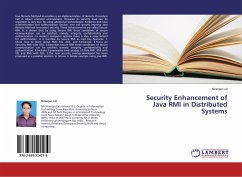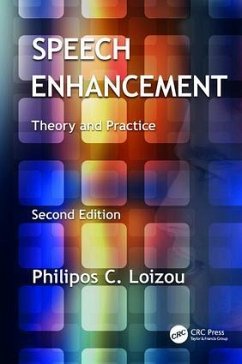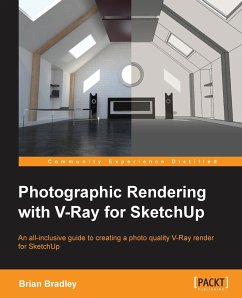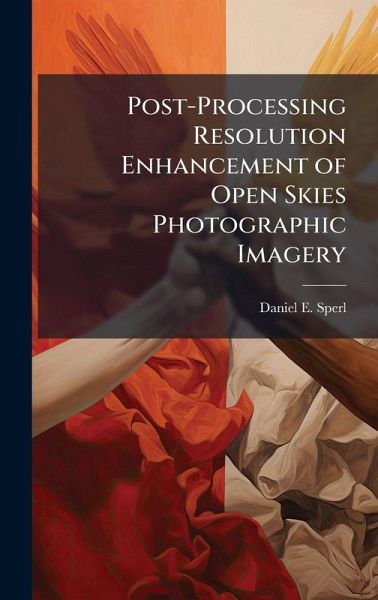
Post-Processing Resolution Enhancement of Open Skies Photographic Imagery
Versandkostenfrei!
Versandfertig in über 4 Wochen
28,99 €
inkl. MwSt.
Weitere Ausgaben:

PAYBACK Punkte
14 °P sammeln!
The Treaty on Opens Skies allows any signatory nation to fly a specifically equipped reconnaissance aircraft anywhere over the territory of any other signatory nation. For photographic images, this treaty allows for a maximum ground resolution of 30 cm. The National Air Intelligence Center (NAIC), which manages implementation of the Open Skies Treaty for the US Air Force, wants to determine if post-processing of the photographic images can improve spatial resolution beyond 30 cm, and if so, determine the improvement achievable. Results presented in this thesis show that standard linear filters...
The Treaty on Opens Skies allows any signatory nation to fly a specifically equipped reconnaissance aircraft anywhere over the territory of any other signatory nation. For photographic images, this treaty allows for a maximum ground resolution of 30 cm. The National Air Intelligence Center (NAIC), which manages implementation of the Open Skies Treaty for the US Air Force, wants to determine if post-processing of the photographic images can improve spatial resolution beyond 30 cm, and if so, determine the improvement achievable. Results presented in this thesis show that standard linear filters (edge and sharpening) do not improve resolution significantly and that super-resolution techniques are necessary. Most importantly, this thesis describes a prior-knowledge model fitting technique that improves resolution beyond the 30 cm treaty limit. The capabilities of this technique are demonstrated for a standard 3-Bar target, an optically degraded 2-Bar target, and the USAF airstar emblem. This work has been selected by scholars as being culturally important, and is part of the knowledge base of civilization as we know it. This work was reproduced from the original artifact, and remains as true to the original work as possible. Therefore, you will see the original copyright references, library stamps (as most of these works have been housed in our most important libraries around the world), and other notations in the work. This work is in the public domain in the United States of America, and possibly other nations. Within the United States, you may freely copy and distribute this work, as no entity (individual or corporate) has a copyright on the body of the work. As a reproduction of a historical artifact, this work may contain missing or blurred pages, poor pictures, errant marks, etc. Scholars believe, and we concur, that this work is important enough to be preserved, reproduced, and made generally available to the public. We appreciate your support of the preservation process, and thank you for being an important part of keeping this knowledge alive and relevant.






